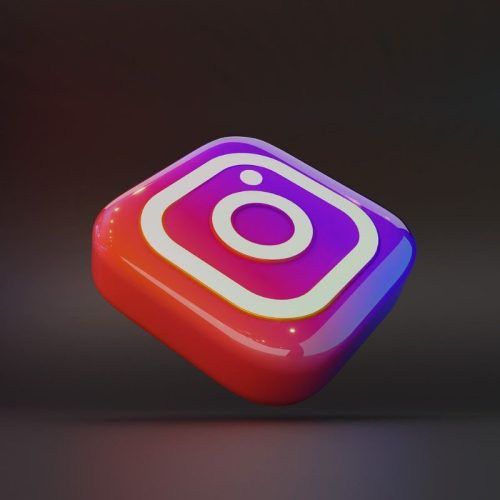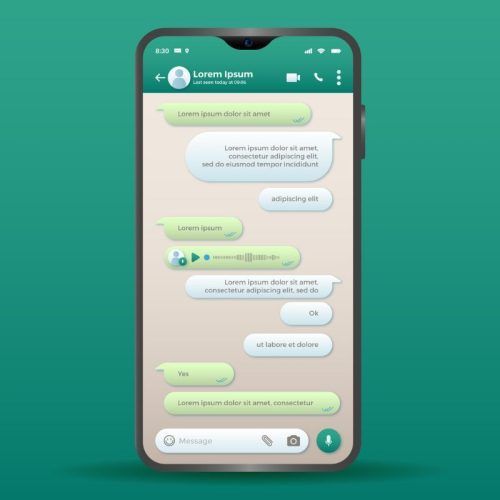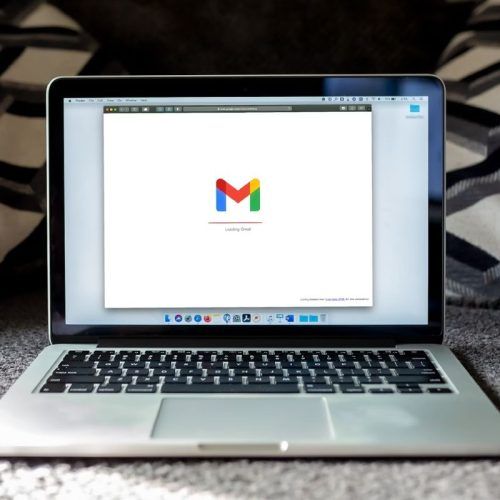The Boeing Starliner was supposed to play a vital role in America’s space comeback. However, after the recent mishaps during its inaugural crewed test flight, the programme’s future seems uncertain.
The controversial space programme from aerospace giant Boeing has seen multiple delays and rising costs over the years and continues to be plagued by serious issues on its first crewed mission to the International Space Station (ISS). NASA and Boeing are concerned over the safety of the vehicle during the re-entry procedure, thereby leaving the crew, Sunita Williams and Barry E. Wilmore, stranded on the space station.
Their only hope of returning to Earth now rests on the shoulders of the Crew Dragon capsule from Elon Musk‘s SpaceX – a fierce rival to the Boeing Starliner.
The Crew Dragon has proven itself successful over its test missions to the space station and has bagged bookings from NASA for most of its space trips until 2030. Exploring a different concept for a space transport vehicle, the Crew Dragon has earned a good reputation in the space community and is hailed as the future of America’s hopes of staying ahead in the space race.
Although the Starliner mission’s recent crop of issues during its test flight may have done negative PR for Boeing’s efforts, it still makes space aficionados wonder – is the Starliner a better implementation than the Crew Dragon? That’s the dilemma our SpaceX Crew Dragon vs Boeing Starliner comparison attempts to solve.
Before we begin, we’d like to clarify that we aren’t picking any sides in this comparison and will solely look at the on-paper figures to discover the superior one.

‘First Man’ To ‘Interstellar’: The 20 Best Space Movies Of All Time

Failed Space Missions That Shook The World: Luna 25, Chandrayaan-2, Apollo 13 And More
SpaceX Crew Dragon vs Boeing Starliner: The new-age space race
Prior to our deep dive into the details, we must clarify what these space capsules intend to achieve.

Ever since NASA shut down its Space Shuttle program in 2011, the space agency relied on the old Russian Soyuz spacecraft for transporting crew and cargo between the ISS and the ground stations. The USA wanted to reduce its reliance on the Russian craft and hence, commissioned a programme where it sought private contractors developing space vehicles to ferry astronauts and cargo to the ISS.
Among the many who applied, Boeing and SpaceX received government funding for the development of the vehicle systems. SpaceX came up with the Crew Dragon, a capsule based on the Dragon crew vehicle whereas Boeing relies on the NASA Apollo-based concept for the Starliner capsule system. Both can ferry up to seven astronauts and cargo and dock with the ISS. However, they do things a lot differently in the transportation phase.
Design
Although both vehicles stick to the traditional space capsule design, it is the Crew Dragon capsule that does its best at modernising space travel for astronauts.
The Crew Dragon is 26.5 feet high and weighs 9.5 tonnes with a pressurised volume of 10 cubic meters and an unpressurised volume of 11 cubic meters. Although SpaceX states that it can accommodate up to seven crew members, NASA only commissions four seats for use on its missions. The interiors of the spacecraft go for a minimalist cabin that makes the best use of the interior space, especially with a touchscreen-dominated control panel with minimum buttons and more windows.
The Boeing Starliner is based on the command module of the original Apollo missions with an identical conical design that’s slightly larger. The Starliner is shorter at 5 meters and heavier with a dry mass of 13 tonnes than the Crew Dragon. Despite having a larger pressurised volume of 11 cubic meters, the spacecraft’s interior sticks to dated analogue controls with non-touch displays similar to the old Space Shuttle.
Both spacecraft have automated operations and docking procedures but offer optional manual override in the case of an emergency.
Propulsion systems
The major differences between the Crew Dragon and Starliner arise when we discuss the propulsion systems and their refurbishment goals.
SpaceX designed the Crew Dragon to launch atop the Falcon-9 rocket system and due to its integrated abort thrusters, it lands on water. During re-entry, the Crew Dragon lets go of its trunk to expose the heat shield towards the atmosphere and relies on parachutes to slow down the descent before the splashdown.
SpaceX certifies the Crew Dragon to sustain its crew in space for seven days when undocked and 210 days when docked. Once the spacecraft is back on the ground, SpaceX can refurbish it for 10 additional cargo missions but none for the crew. It is said that the cost of building a new Crew Dragon is on par with the refurbishment expenses.
The Boeing Starliner, on the other hand, is designed to be launched atop the Atlas V, Delta 4, Vulcan and Falcon-9 rockets. Since the design is based on the retro Apollo Moon mission concepts, the detachable abort thrusters allow for a land-based touchdown with parachutes and airbags. Unlike the Crew Dragon, the Starliner can only survive up to 60 hours in space undocked and up to 210 days while docked to the ISS.
Once the Starliner is back, Boeing can reuse the capsule for 10 additional crew flights. Mark the phrase ‘crew flights’ – which goes a long way to further sustainability in space travel.
SpaceX Crew Dragon vs Boeing Starliner: Which one is better?
From a technical standpoint, both the SpaceX Crew Dragon and Boeing Starliner are technical achievements in the field of space vehicles. They promise a cost-effective and reliable transport system to the ISS while helping engineers and corporations to make space travel more accessible.

The recent controversy regarding the Boeing Starliner may have put it under the scanner but what needs to be understood is that the Starliner is on its first test flight. Test flights are supposed to highlight unseen and unknown issues that may have crept during the development phase and Boeing could use the feedback from the test pilots to rectify issues for future human flights.
A positive takeaway from the test flight is that the Starliner managed to deliver the human crew safely to the ISS. With Boeing and NASA planning an autonomous uncrewed return for the vehicle, all eyes are on the Starliner’s safe re-entry and accelerated development for the program.
Until the Starliner is certified fit for human flights, the SpaceX Crew Dragon seems like an obvious preference for astronauts and NASA. Not only can it carry astronauts safely with additional space for cargo, but the Crew Dragon also heralds a new autonomous future where the complex space flight procedure takes a backseat and makes space more accessible. The reusability aspect isn’t as great as Boeing’s implementation but SpaceX’s ability to consistently improve and manage development costs could make it more affordable for NASA’s future missions.
Keep an eye out for the Starliner’s future missions. The race to the Space Station is about to get a lot more exciting.

‘Starfield’ To ‘Dead Space’, These Are The Most Iconic Video Games Set In Space

Everything We Know About ‘SPECULOOS-3b’, The Earth-Like Planet Discovered By NASA
(Hero and Featured Image Credits: Courtesy Boeing and SpaceX)












